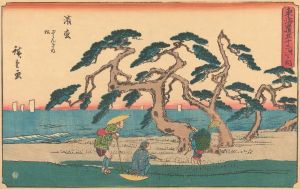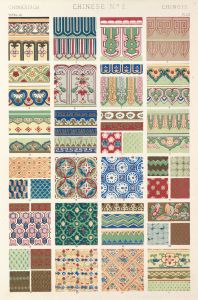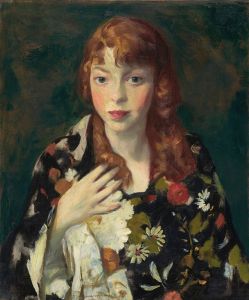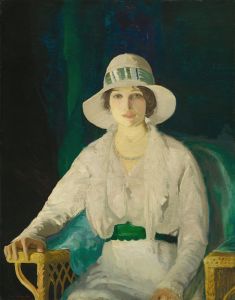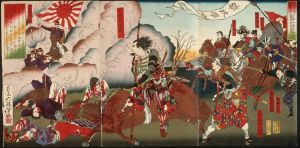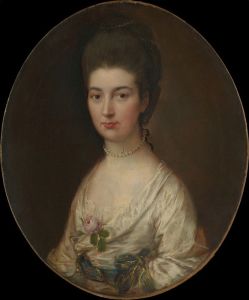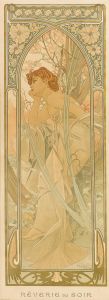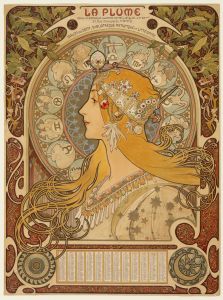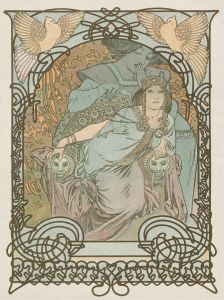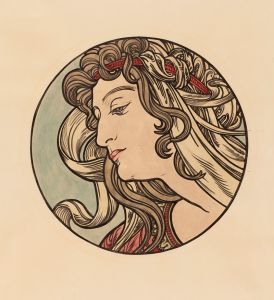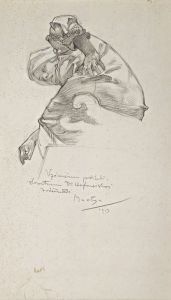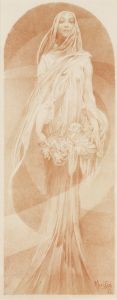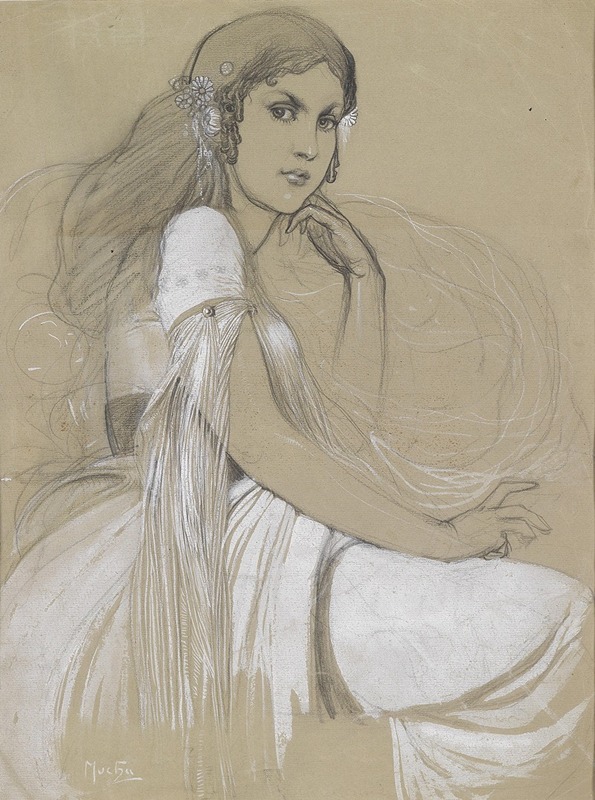
Jaroslava Muchová
A hand-painted replica of Alphonse Mucha’s masterpiece Jaroslava Muchová, meticulously crafted by professional artists to capture the true essence of the original. Each piece is created with museum-quality canvas and rare mineral pigments, carefully painted by experienced artists with delicate brushstrokes and rich, layered colors to perfectly recreate the texture of the original artwork. Unlike machine-printed reproductions, this hand-painted version brings the painting to life, infused with the artist’s emotions and skill in every stroke. Whether for personal collection or home decoration, it instantly elevates the artistic atmosphere of any space.
Alphonse Mucha, a renowned Czech painter and decorative artist, is best known for his distinctive Art Nouveau style, which became synonymous with the movement itself. Among his many works, "Jaroslava Muchová" stands out as a notable piece, primarily because it features his daughter, Jaroslava, as the subject. This painting is a testament to Mucha's skill in portraiture and his ability to capture the essence of his subjects with elegance and grace.
Alphonse Mucha was born on July 24, 1860, in Ivančice, Moravia, which is now part of the Czech Republic. He gained fame in the late 19th and early 20th centuries for his posters, illustrations, and designs, which often featured beautiful women, intricate patterns, and flowing lines. Mucha's work was characterized by its attention to detail and its harmonious composition, which made it highly popular during his lifetime and continues to be celebrated today.
The painting "Jaroslava Muchová" is a portrait of Mucha's daughter, Jaroslava, who was born in 1909. Mucha often used his family members as models for his work, and Jaroslava was no exception. She appeared in several of his pieces, capturing the public's imagination with her serene and ethereal presence. In this particular painting, Mucha's mastery of color and form is evident, as he uses soft, muted tones to create a sense of tranquility and warmth.
Mucha's approach to portraiture was deeply influenced by his belief in the power of art to convey beauty and emotion. He often sought to depict his subjects in an idealized manner, emphasizing their inner qualities and virtues. In "Jaroslava Muchová," this is reflected in the gentle expression on Jaroslava's face and the delicate rendering of her features. The painting is a celebration of youth and innocence, capturing a moment of quiet introspection.
Throughout his career, Mucha was dedicated to promoting Czech culture and identity, and his work often incorporated elements of Slavic mythology and folklore. This cultural pride is subtly present in "Jaroslava Muchová," as the painting embodies the grace and dignity that Mucha associated with his homeland. His ability to blend these cultural elements with the universal appeal of his Art Nouveau style contributed to his enduring legacy as an artist.
Alphonse Mucha's influence extended beyond the realm of visual art, as he was also involved in various cultural and political activities. He was a strong advocate for Czech independence and used his art to support the cause. His commitment to his country and his art is reflected in the meticulous care he took in creating works like "Jaroslava Muchová," which continue to resonate with audiences around the world.
In summary, "Jaroslava Muchová" by Alphonse Mucha is a beautiful example of the artist's skill in portraiture and his ability to convey emotion and beauty through his work. The painting not only captures the likeness of his daughter but also reflects Mucha's deep connection to his cultural heritage and his dedication to the ideals of the Art Nouveau movement.





